Affiliate links on Android Authority may earn us a commission. Learn more.
Samsung Galaxy Note 5 vs HUAWEI Mate S - quick look
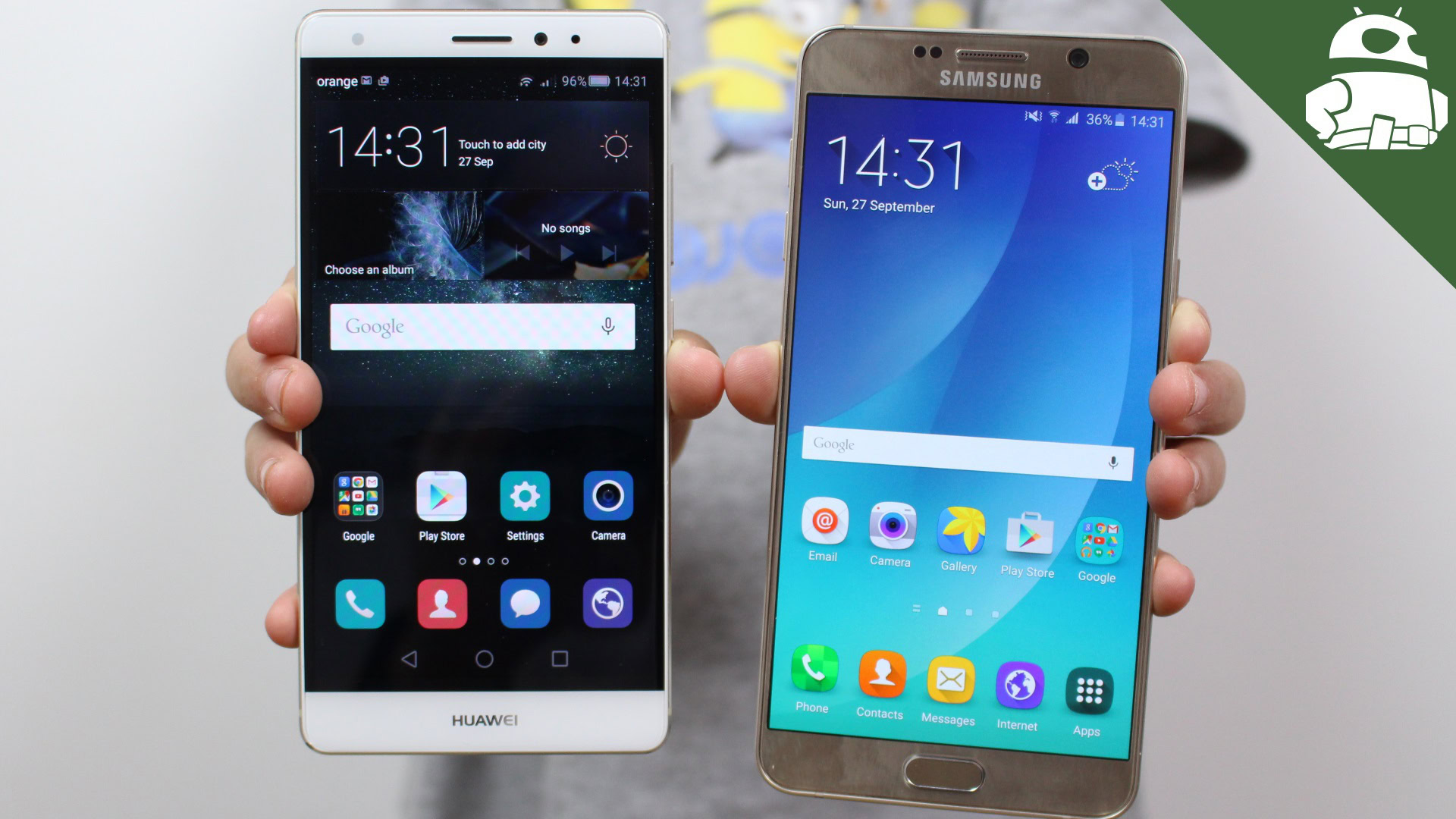
Samsung has bedazzled us with a number of flagship devices this year, from the now humble looking Galaxy S6 through the S6 Edge and S6+ Edge and on to the Note 5. But Samsung isn’t the only smartphone manufacturer who is trying to take a slice of the flagship pie. Among many others there is HUAWEI. I recently reviewed the HUAWEI Mate S and now it is time to put it side by side with the Galaxy Note 5.
Design
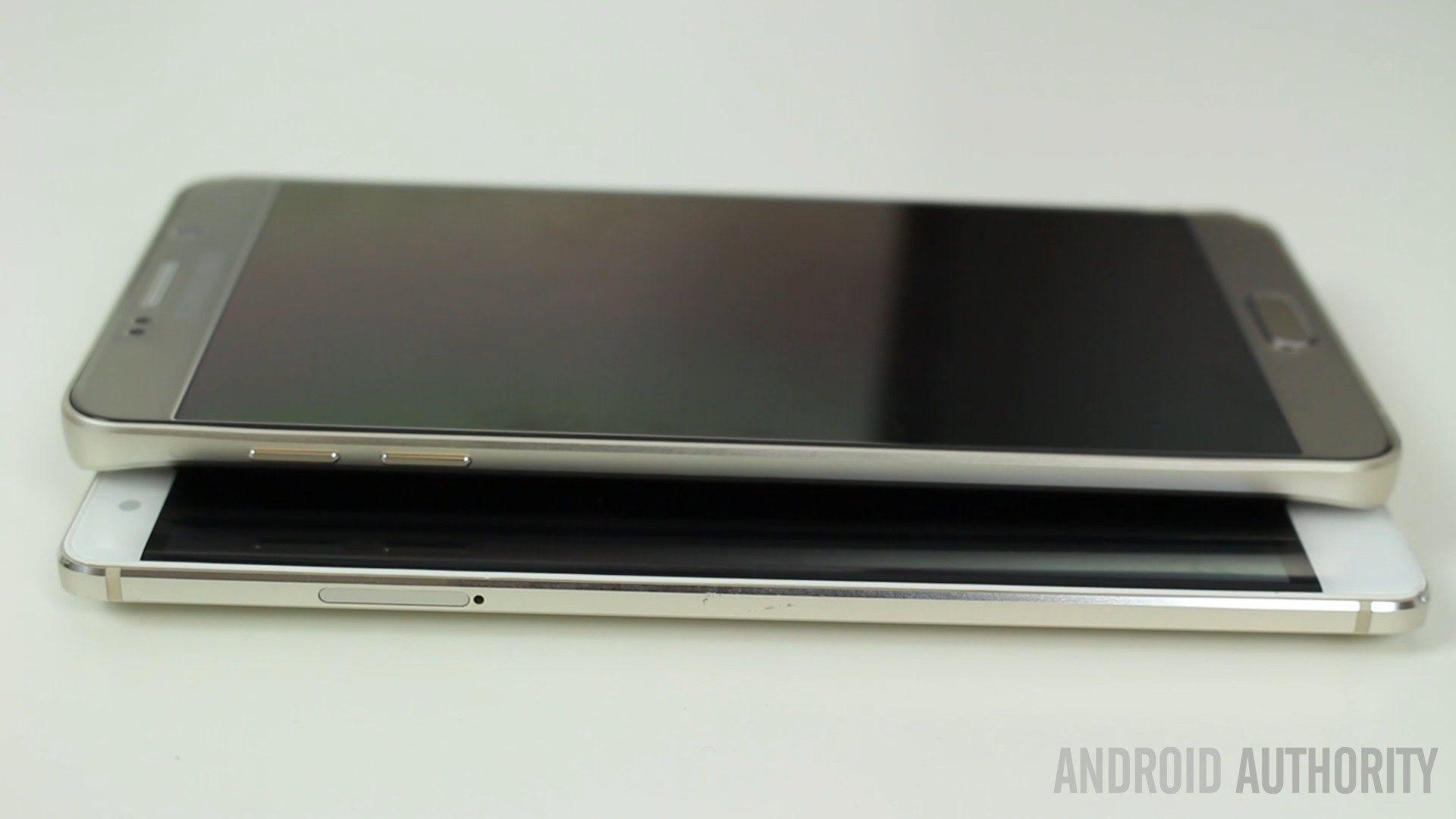
Samsung has certainly switched things about a bit with its designs since the Galaxy S5 and Note 4. Everything changed with the Galaxy S6 and the Samsung Galaxy Note 5 has followed suit by adapting the new design language. However HUAWEI hasn’t remained stuck in the past either and although HUAWEI has a had other metal phones, the Mate S also sports a new design.
The Samsung Galaxy Note 5 has a body made of metal and glass, with a unibody design that is unlike many others. Similarly the Mate S has an all metal frame and a non-removable battery.
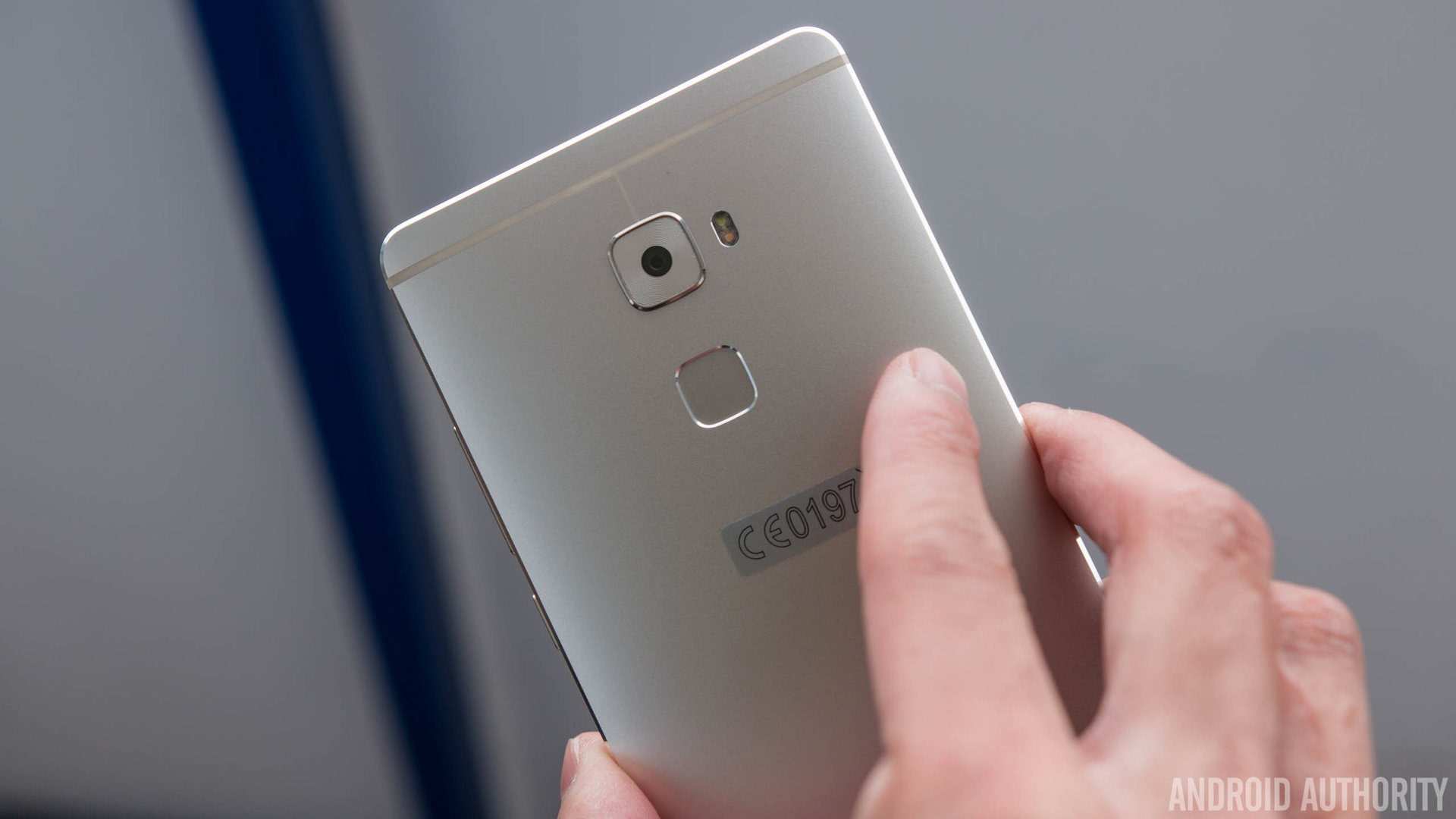
The Mate S has the power key and the volume rocker on the right, whereas the Note 5 has the volume keys on the left and the power of the right. The Note 5 has the Samsung home bottom on the lower bezel, flanked by capacitive keys. The Mate S has no button and no capacitive keys, all the keys are on screen. Lastly we mustn’t forget that the Note 5 also includes a stylus in the S Pen, a feature missing from the Mate S.
Display
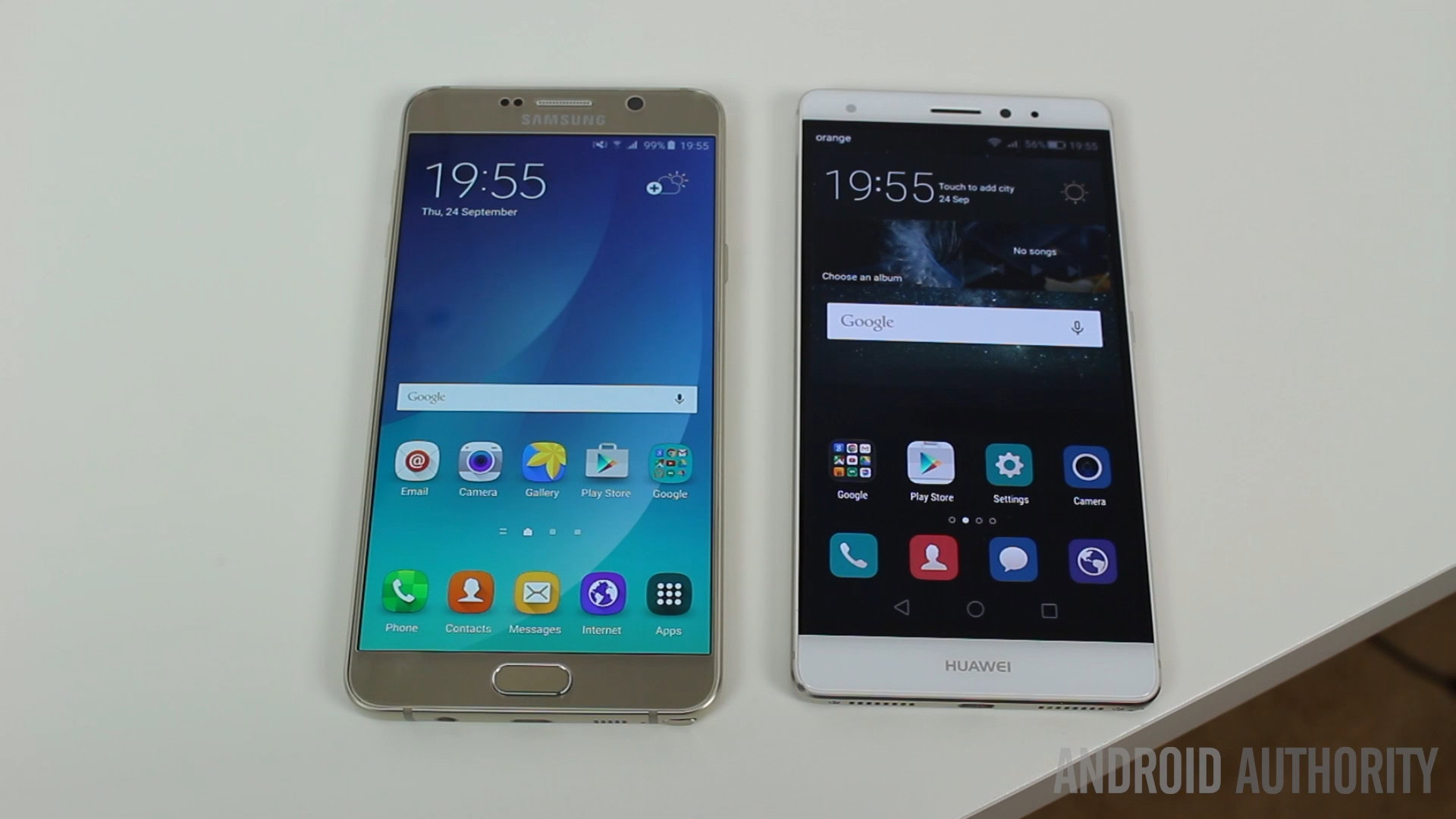
One aspect of the Mate S that some people won’t like is that the designers have elected to use a very thin bezel, so much so that there is a black border around the display where the active pixels stop and the display material continues towards the edge. Personally I don’t find this a problem, however some users find it quite distracting.
Hardware & performance
The Note 5 clearly has the upper hand when it comes to raw processing power with its Exynos 7420 octa-core processor. Although the Kirin 935 is also an octa-core processor, HUAWEI have opted for two clusters of quad Cortex-A53 cores. Whereas the Exynos 7420 uses four Cortex-A53 cores and four Cortex-A57 cores. Also, the GPU is the in Exynos 7420 is the Mali T760, but the Kirin 935 is sporting the lower performing Mail T628. The other big difference is that the Mate S has 3GB of RAM, while the Note 5 packs a jaw dropping 4GB.
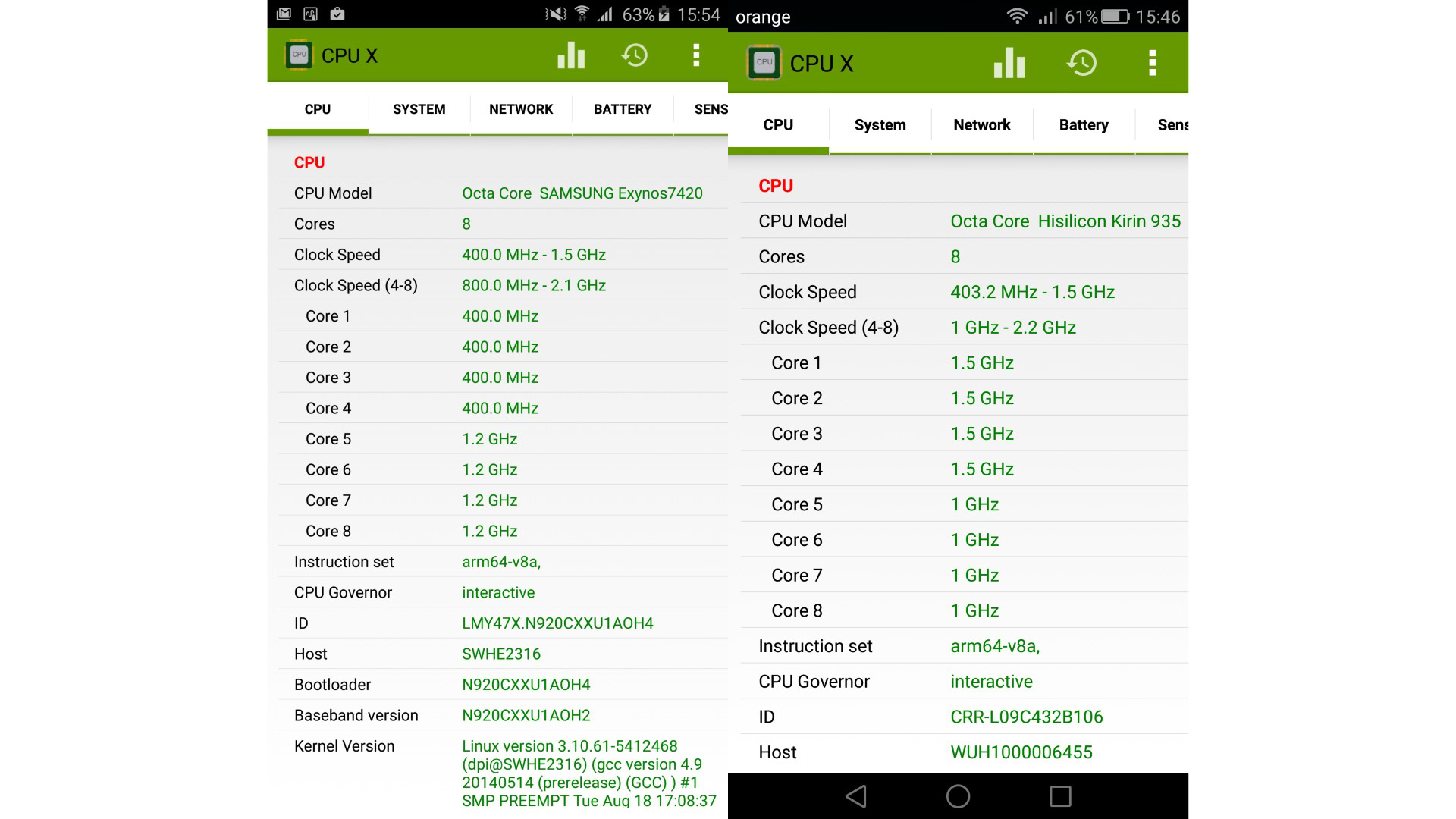
But let’s move on to other components. Internal storage options for the Mate S are 32GB and 64GB plus a 128GB variant with a pressure sensitive screen. However this latter option won’t be available globally. The Galaxy Note 5 has a similar lineup, however there is no 128GB variant. Both suffer from excess use of the internal storage by the system, as both devices only offer around 24GB of free space to the user from the 32GB of total flash memory.
Some of you might prefer the HUAWEI Mate S when considering storage, as it supports microSD cards, something Samsung has done away with. However neither offer removable batteries. The battery in the Note 5 is a 3000 mAh unit, while the Mate S packs a 2700 mAh unit.
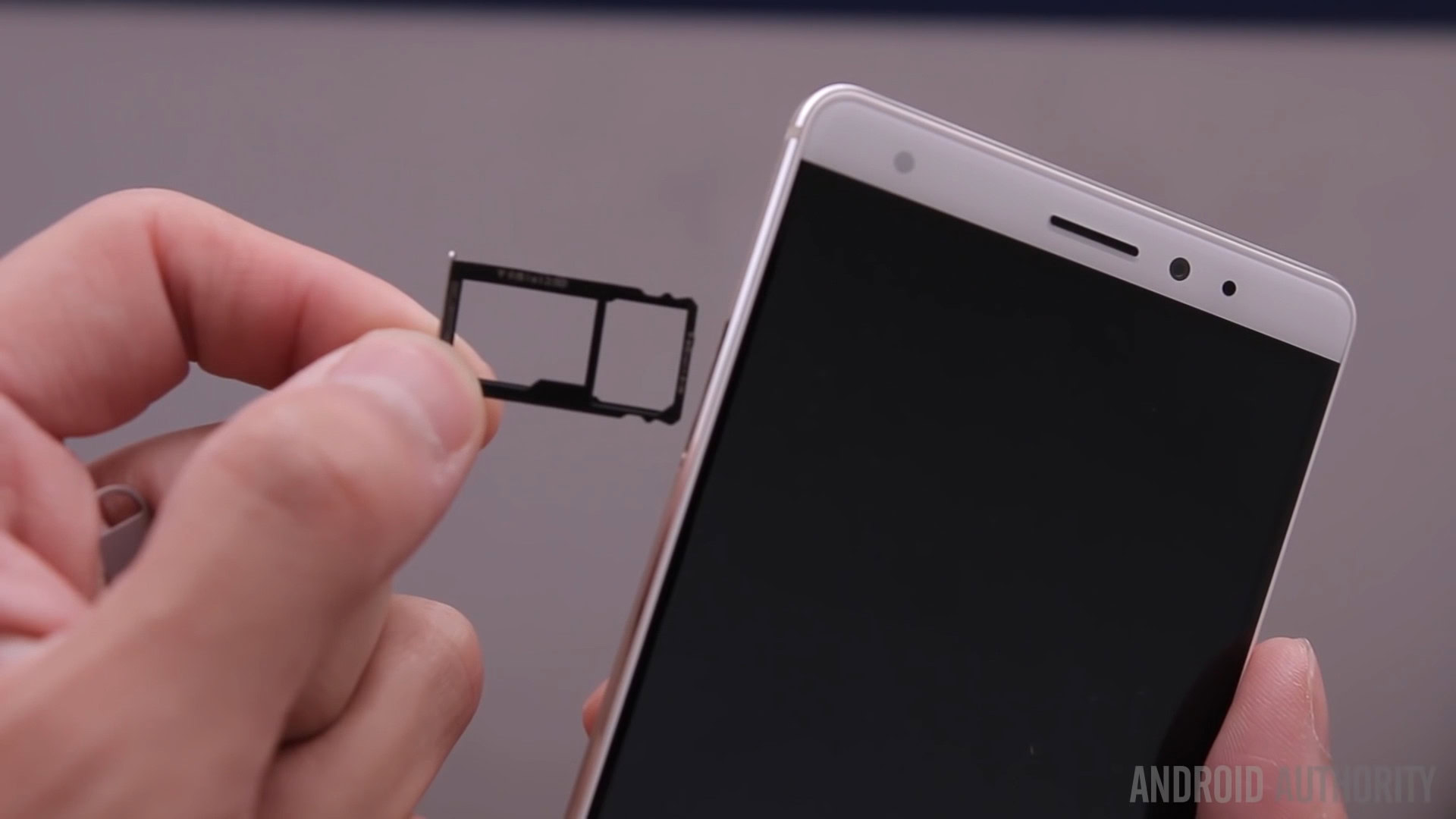
Both devices have a built in fingerprint reader, but how they are implemented is quite different. The Note 5 includes the fingerprint reader in the home button on the front of the device, on the lower bezel. HUAWEI have taken a different approach and placed the finger print reader on the back.
While both fingerprint readers are highly accurate, I personally find the fingerprint reader on the Mate S easier to use. The reason why is quite simple: the Mate S allows you to wake and unlock your phone in one step, whereas the Note 5 requires two steps. The thing about all lock screen technologies is that the harder they are to use the more likely they are to be ignored. On your Android phone you can set a PIN or a pattern to unlock the phone and I know lots of people that use them. But when the authentication step becomes too cumbersome then users tend to do away with them. I tried using a PIN or pattern on my phone but having to type in the PIN or make that pattern like 50 times in a day drives me crazy, so know I don’t use one.
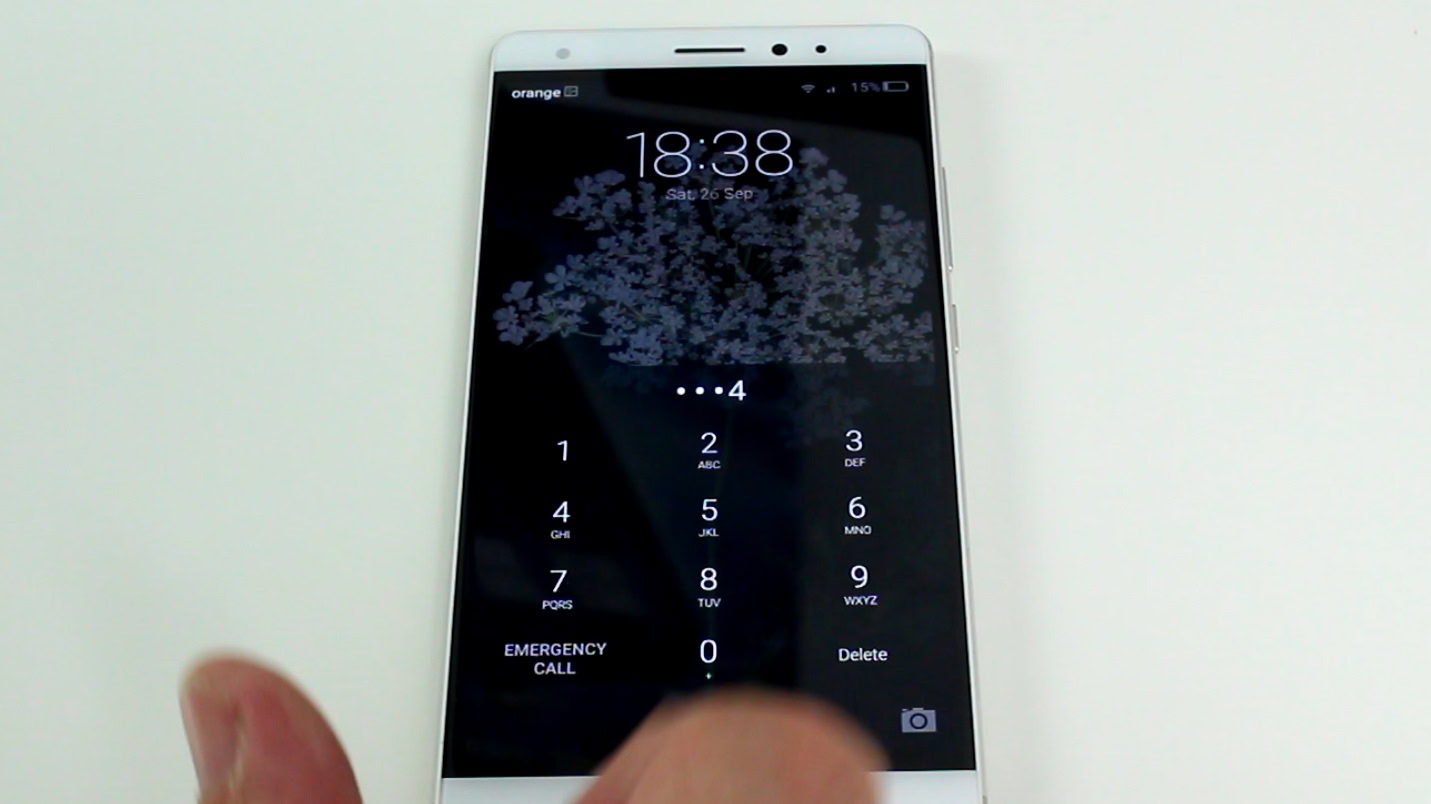
Fingerprint readers offer an authentication step that should make unlocking smartphones quick. When it comes to unlock, both the Note 5 and the Mate S do an equally good job. Some people won’t like the fact that the fingerprint reader is on the back of the Mate S as it means that you can’t unlock your device without picking it up. That is a fair criticism, however it I have been digging deep into my memory and I can’t actually recall I time I tried using my phone without hold it in my hand. However if it is essential to unlock the phone without holding it then there is always the backup PIN, which can be tapped in on those occasions when you aren’t holding your phone.
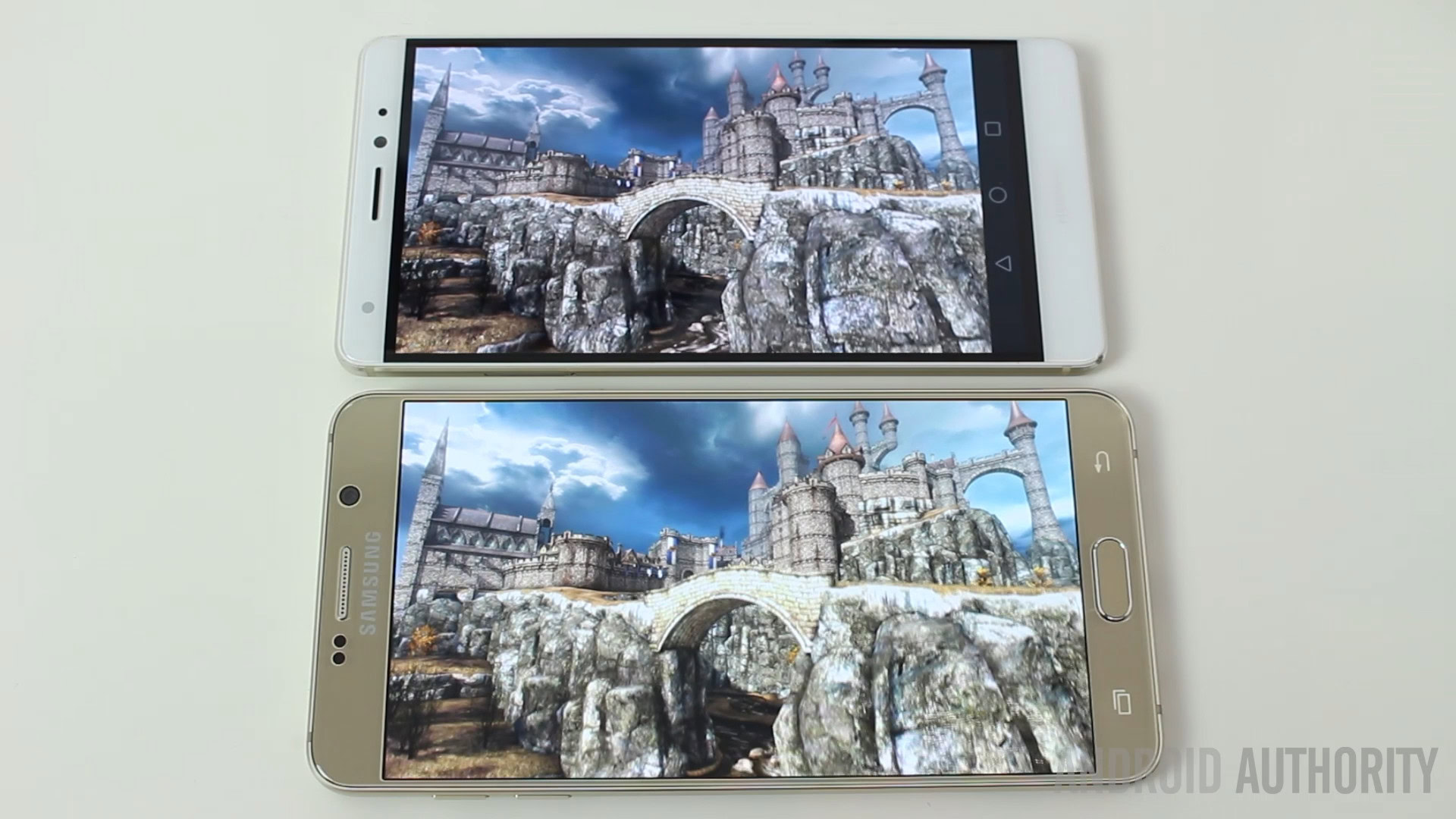
However where Mate S gets it right and the Note 5 gets it wrong is that the Mate S allows you to wake and unlock you phone in one step. With the phone asleep you can just press your finger on the reader and the phone will wake and unlock in one swift movement. On the Note 5 you need to wake the device with the power button and then place you finger on the senor. Or you need to press the home button and leave your finger on the button until the fingerprint is read. I have practiced this maneuver repeatedly and it still takes around one second to wake and unlock the phone. Don’t get me wrong, one second is great, but it seems like a long time when you compare it to the instantaneous wake and unlock of the Mate S.
Camera
The HUAWEI Mate S comes with a 13 MP rear camera that includes a 4-color RGBW imaging sensor and Optical Image Stabilization. Also, the camera housing is scratch proof thanks to sapphire protection. However, the Note 5 has a 16 MP sensor, an f/1.9 aperture as well as Optical Image Stabilization. There is no doubting that the camera on the Note 5 is the better of the two. Here are a few sample photos from both cameras to show how they compare.
On the front side you will find an 8 MP camera on the HUAWEI Mate S and a 5 MP front shooter on the Note 5. Here, on paper at least, the Mate S offers more to selfie lovers.
Software
Both the Samsung Galaxy Note 5 and the HUAWEI Mate S run Android 5.1.1 Lollipop, but this doesn’t exactly mean their software is identical. In fact, their UI skins are quite different.
Samsung’s TouchWiz UI was stripped down for the Galaxy S6, and we are thankful the same philosophy has been applied to the Galaxy Note 5. It still has all those great S-Pen features, multi-tasking tools and other elements, but the interface is much sleeker. The phone now lets you scribble down your notes without waking it up, making it really easy to save a phone number or a quick memo for later. Besides that, all the features we know and love from the Note series are present, making the Note 5 an excellent choice for productivity-minded users.
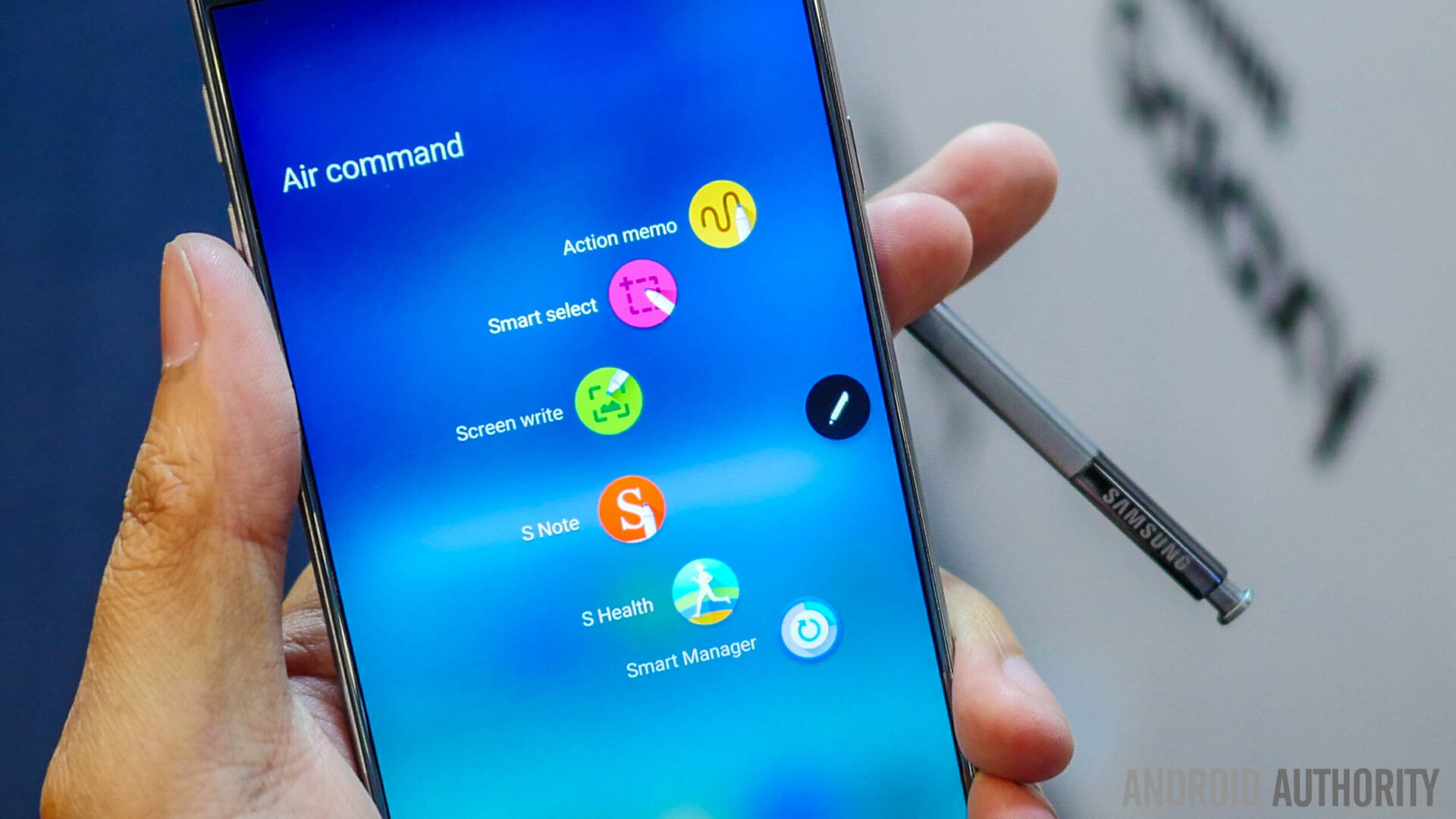
Huawei’s version of Android is known as Emotion UI and it differs significantly from TouchWiz and stock Android. The most notable difference is the lack of an app drawer which means you are dependent on folders to keep things organized.
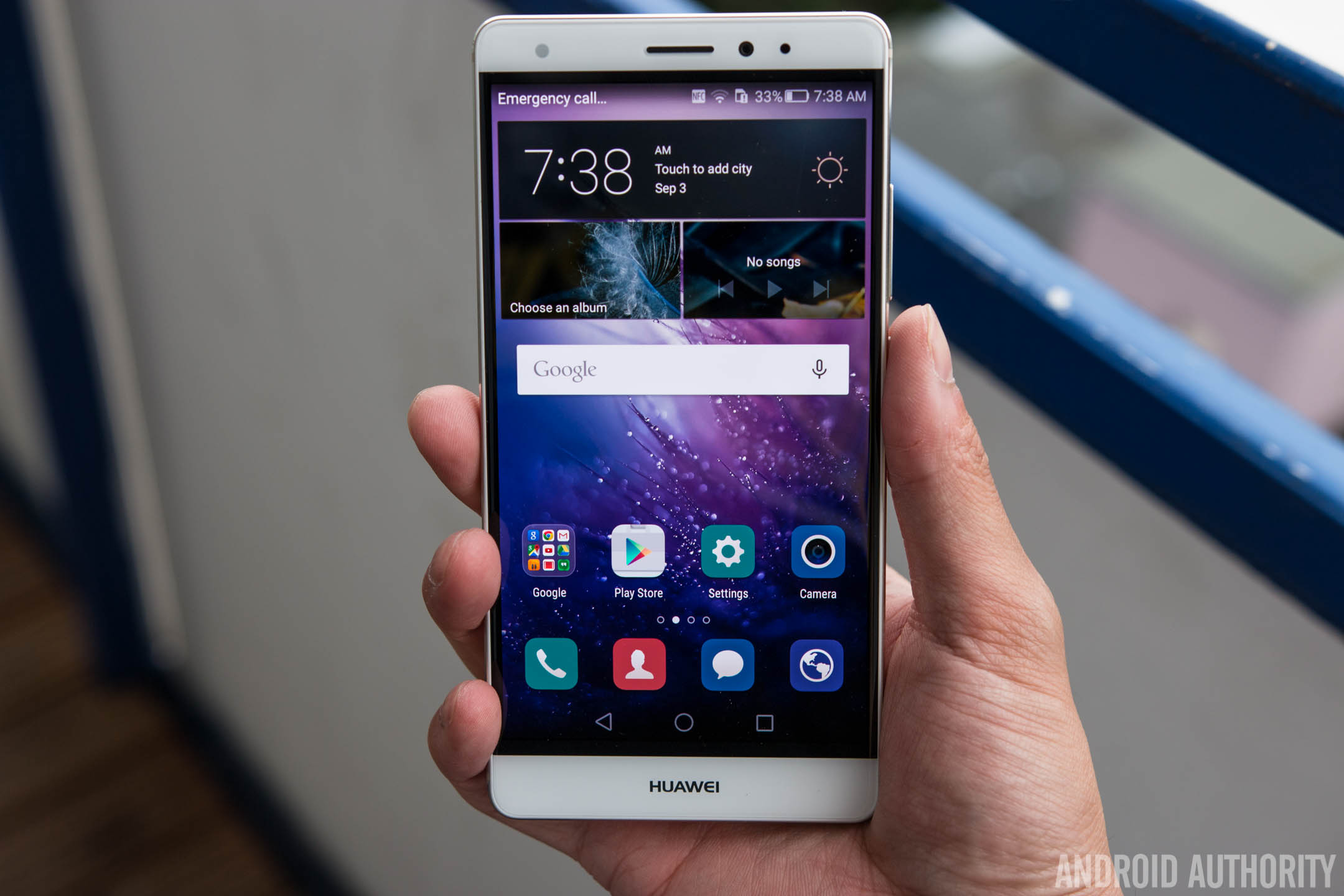
HUAWEI has added also some extra built-in functionality, including a set of motion controls like flip to mute and the Knuckle gestures. There is also a one-handed layout mode which temporarily reduces the size of the UI so that it is can be used with one hand. Finally, EMUI has some support for dual-windowing, mainly for use with some of the stock apps like gallery, notepad, videos, and so on. Overall, HUAWEI’s take on Android is certainly different from the stock experience, however it is very sleek and is well designed.
Wrapping up
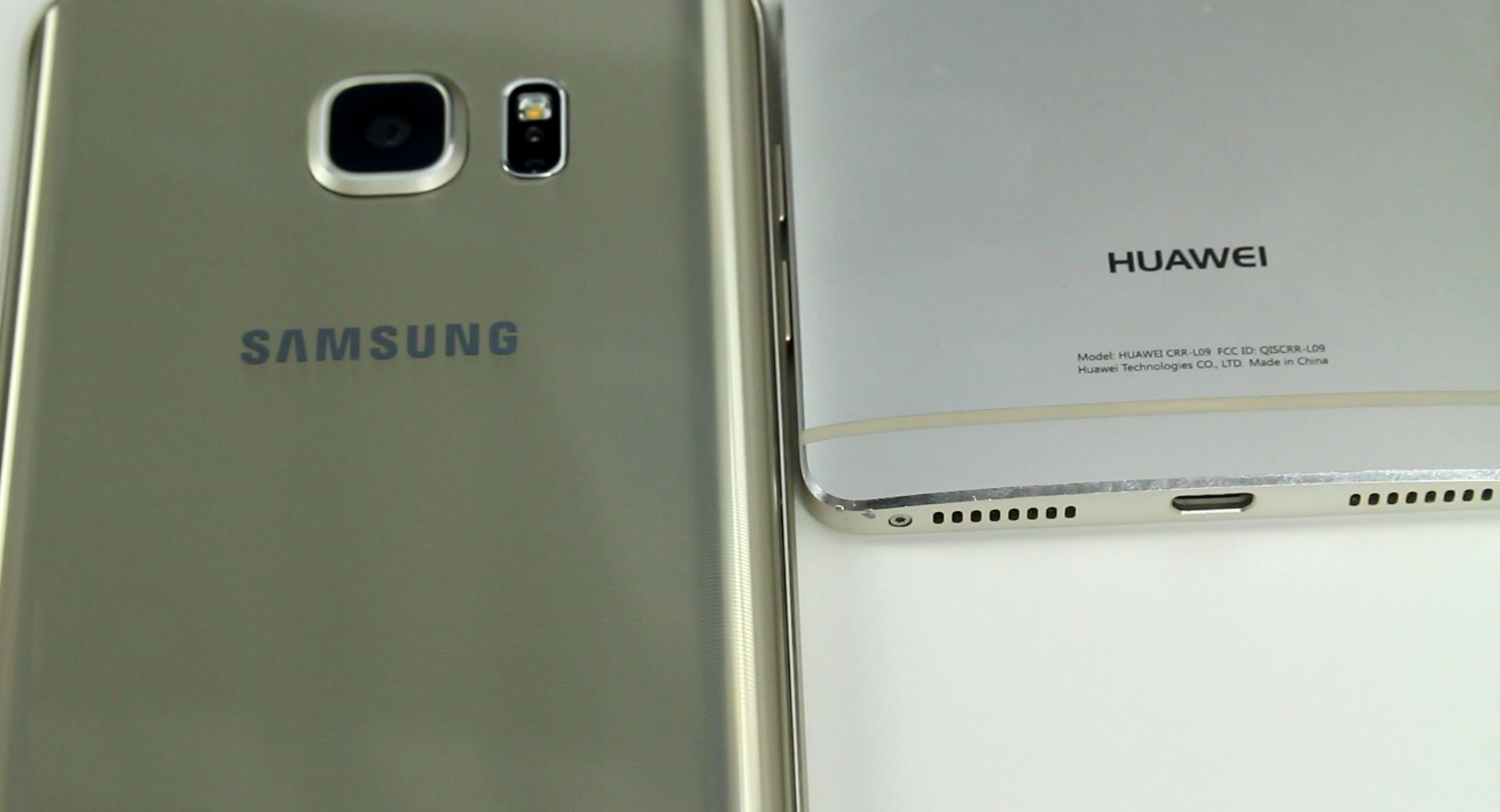
When it comes to pricing, the Mate S is available for €649 in Europe, while the Note 5 is available for $700 for those in the USA. If you use a direct conversion between dollars and euros then the two devices are similarly priced. However the Note 5 isn’t available in Europe and a direct conversation never works. For example, the new Amazon tablets cost $49 from Amazon.com and €60 from Amazon.de, but €60 is actually around $67.
If you could get a Note 5 in Europe for the same price as you can get it in the USA then the Note 5 would be a real bargain. Likewise if you could get a HUAWEI Mate S in the USA for only $550 then it would clearly be the cheaper of the two devices.
And there you have it – a quick comparison between the Samsung Galaxy Note 5 and the HUAWEI Mate S. If you had to pick between the two, the decision might not just come down to specs but things like regional availability and local pricing will also be a factor. Ignoring price and availability then the Note 5 is the better of the two devices, however even though it is weaker in certain departments, the Mate S isn’t too far behind when it comes to the overall experience.